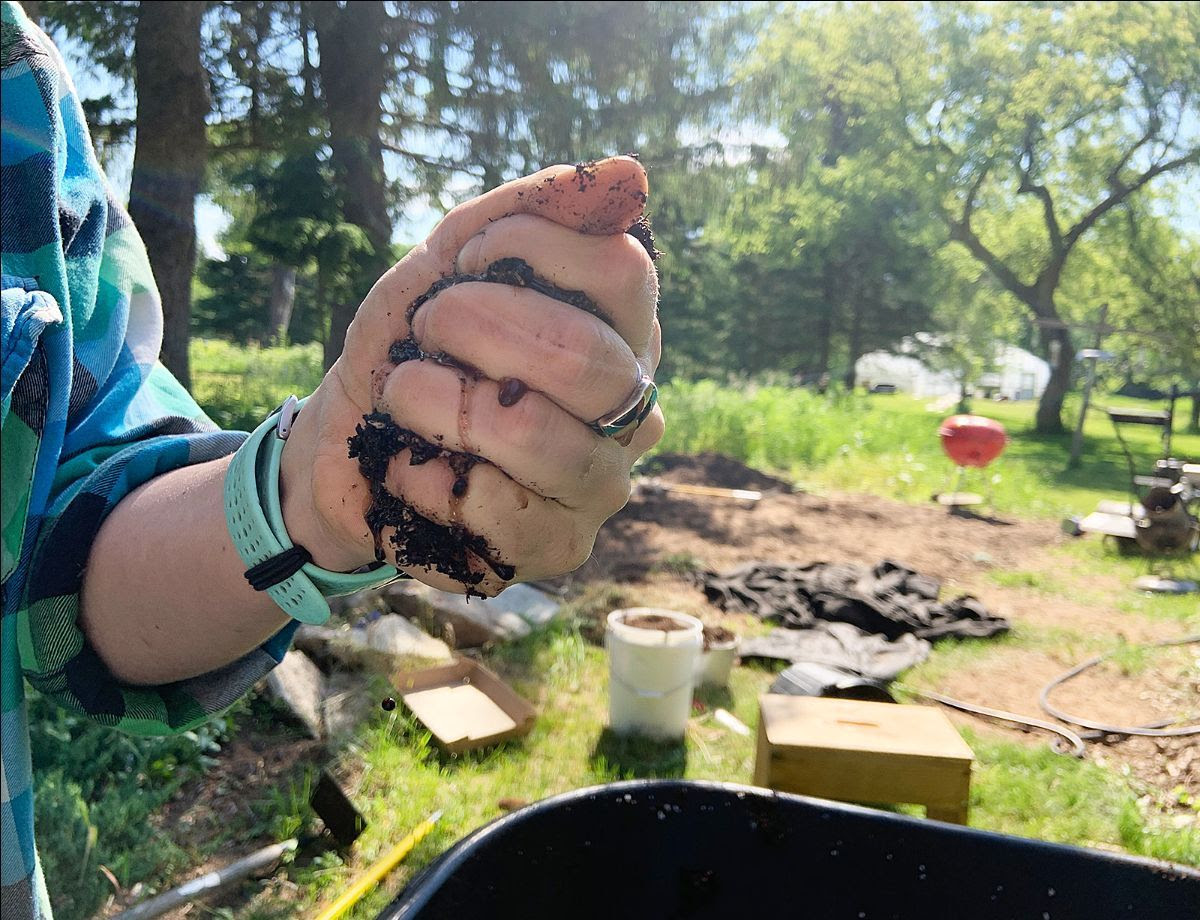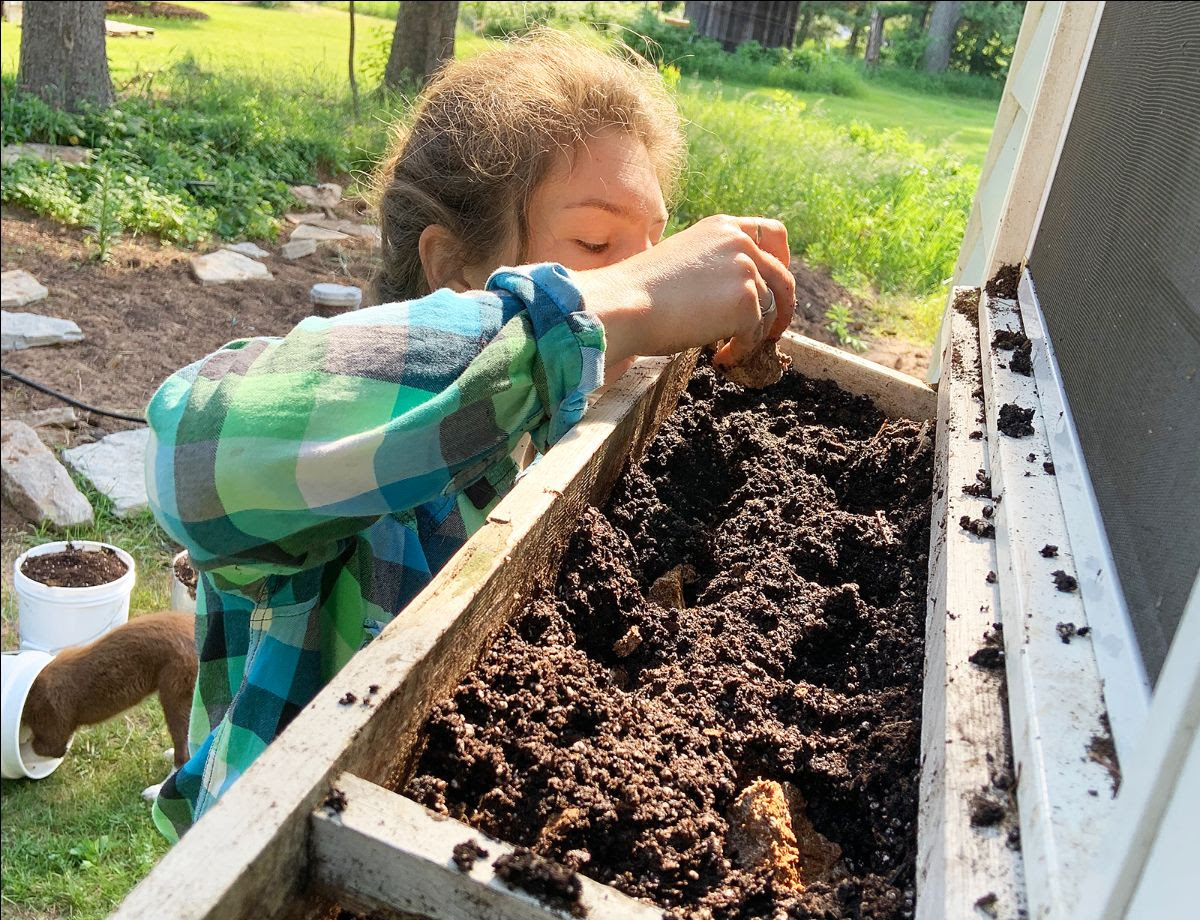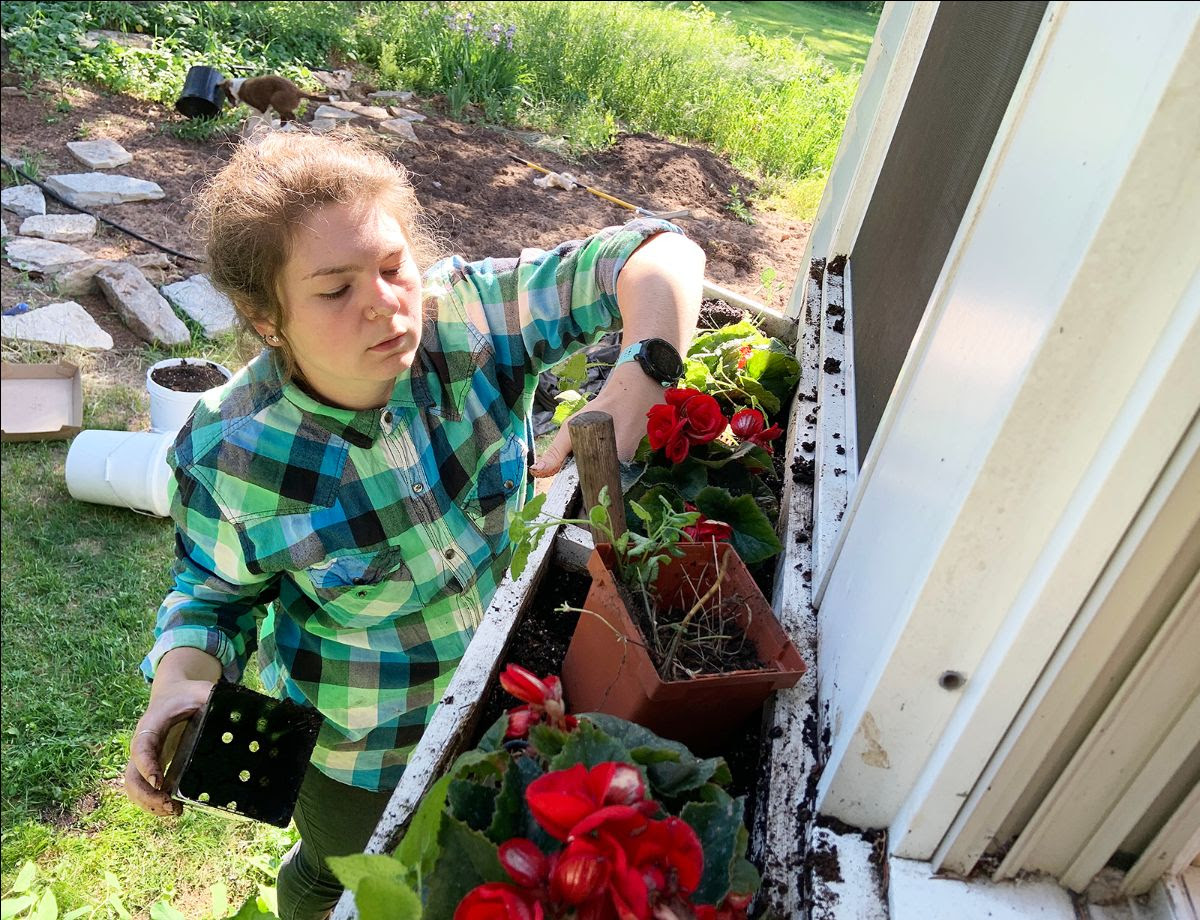Growing Mushrooms in Flower Pots
Almond Agaricus, also known as Royal Sun and Agaricus Blazei, is known for its high concentrations of beta glucans that help regulate blood sugar and give support to our immune systems. Perhaps the best reason to grow them yourself is that they are beautiful to look at, are rich in flavor, and are a pure delight for use in the kitchen.



Best Environment for Almond Agaricus
The Almond is a compost-loving mushroom and can be grown in beds, boxes, or pots of soil amended with compost for cultivation outdoors. The key to successful production is that the substrate must be continually kept moist for the most vigorous spawn run. The easiest way to keep things moist is to plant the beds or containers in the shade. You can choose shade-loving plants such as Impatiens or Begonias to tuck into your beds or pots along with the Almond spawn. Not only will the plants offer some color, but they will also provide extra humidity when the mushrooms start to fruit. Just avoid plants that have root systems that grow in thick mats that may hinder the mushrooms from popping up!
For beds or pots that are planted in the sun, top with a thick mulch of straw or wood chips and do a regular moisture check. For pots that are kept in the full sun, plant the Almond into your largest pots (avoid pots that are less than 2 gallons).
Instructions
Almond pots or beds can be filled with homemade compost, bagged compost, or well-composted livestock waste. If you are growing plants in your beds or pots, the compost should be added to a prepared potting soil or a 1:1:1:1 mix of compost, peat moss, perlite and potting or garden soil. Adjust the moisture so that when you squeeze a handful tightly, a few drops of water drip out and upon releasing, but the ball stays shaped in your hand. Fill the container with your mix and break up the spawn into egg-sized pieces. Bury the pieces an inch or two beneath the top of your container. You will need roughly 1 lb. of spawn (roughly one bottle) to a 4-5 gallon pail of prepared soil mix. Mushrooms can emerge as soon as 3-5 weeks after planting. Expect mushrooms in flushes after a brief cool down or big rain event. Mushrooms will stop growing after the first lengthy cool down in late summer.
Time of Harvest:
Summer months in northern climates, Late Spring or Early Fall for southern climates
Time to fruiting:
3-5 weeks after planting
Appearance:
Cream-colored cap with pink to chocolate covered gills
Flavor and texture:
Texture similar to that of a portabella, with a natural almond flavor